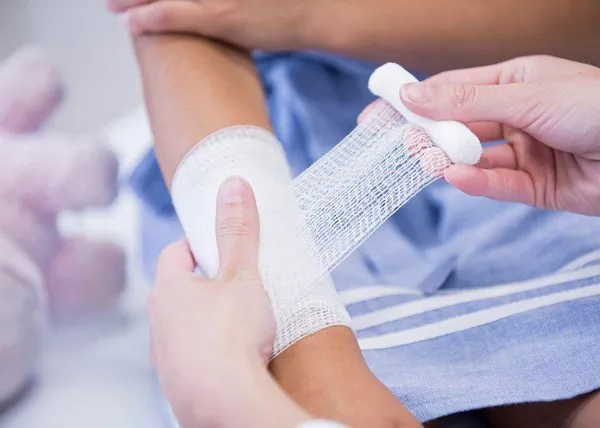Recent research conducted by the University of College London highlights a new and promising application of milk proteins in wound healing. The study reveals that casein, a protein commonly found in cow’s milk, can accelerate the process of wound recovery.
The experiment focused on examining the healing properties of casein by combining it with polycaprolactone (PCL), a biodegradable polyester frequently used in bandages. Casein has been noted for its antimicrobial, antioxidant, and anti-inflammatory characteristics, making it a potentially beneficial healing agent. Moreover, casein is readily available as a by-product of skimmed milk, presenting a more economically viable option compared to other costly alternatives like silver.
To create the innovative ‘milk’-infused bandages, researchers employed a method called pressurized gyration, which spun the casein-PCL mixture into bandage-like fibers. The bandages were then tested on rats with small skin perforations, with two additional groups of rats receiving regular bandages or no bandages at all for comparison.
The outcomes of the experiment were striking, as wounds treated with the casein-infused bandages showed a remarkable reduction, healing to only 5.2% of their original size. In contrast, wounds treated with regular bandages healed to 31.1% of their original size, while untreated wounds healed to 45.6%. Furthermore, the casein bandages were proven to be non-toxic, and the levels of immune-related molecules surrounding the treated wounds were significantly lower.
Professor Mohan Edirisinghe, the senior author of the study, expressed enthusiasm about the potential of casein for wound healing, emphasizing its antimicrobial and anti-inflammatory properties. However, he emphasized that further research is needed to gain a comprehensive understanding of the biological interactions involved before proceeding to human clinical trials.
The study’s findings offer a promising direction in the field of wound care, with milk protein-infused bandages showing substantial potential for enhancing the healing process. As researchers delve deeper into the mechanisms behind this phenomenon, there is hope for improved wound treatments in the future.

































